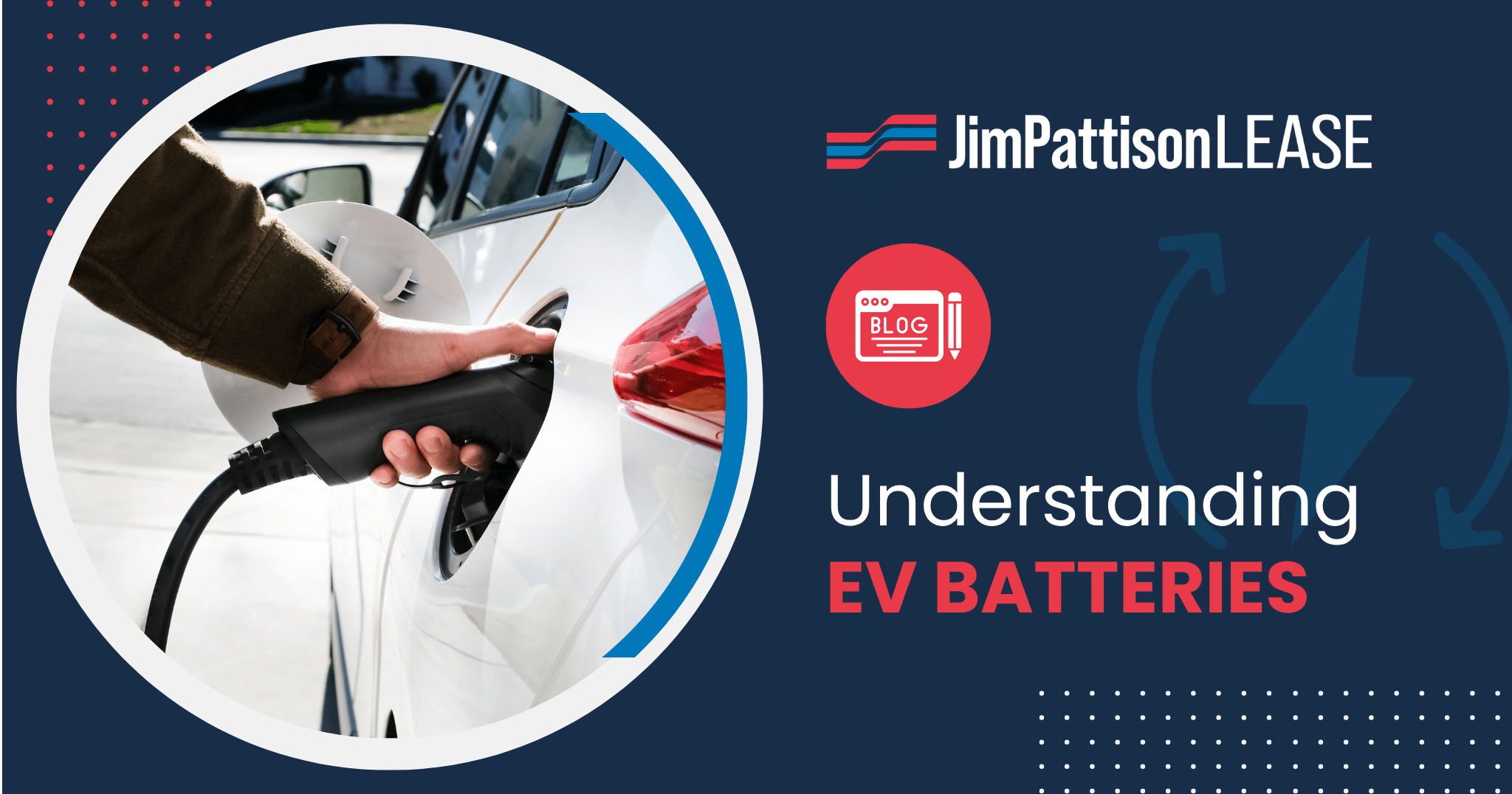Electric vehicles (EVs) have rapidly transitioned from futuristic concepts to mainstream transportation. At the heart of every EV is its battery—an essential component that powers everything from acceleration to infotainment. In this blog, we’ll explore how EV batteries work, their costs, maintenance tips, and best practices to extend their lifespan.
How EV Batteries Work
EVs are powered by lithium-ion battery packs, similar to those found in laptops and smartphones, but significantly larger and more complex. These batteries store electrical energy and supply it to the electric motor, which converts that energy into motion.
Key Components:
- Cells: The smallest unit that stores energy.
- Modules: Groups of cells packed together.
- Battery Pack: Contains modules, cooling systems, sensors, and a Battery Management System (BMS).
The Battery Management System (BMS) ensures optimal performance by monitoring voltage, temperature, and overall health, preventing overcharging or overheating—both of which can shorten battery life.
Cost of EV Batteries
EV battery costs have dropped dramatically in the past decade, thanks to advancements in technology and mass production. However, they remain one of the most expensive components of an EV.
Current Costs (2025 Estimates):
- Per kWh: Approximately $100 to $120
- Typical battery size: 40 kWh to 100 kWh
- Replacement cost: $4,000 to $15,000 depending on make and model
Most EVs come with warranties covering 8 to 10 years or 100,000 miles, which provides peace of mind for early adopters concerned about long-term costs.
Battery Care and Maintenance
One of the biggest advantages of EVs is that they require less maintenance than internal combustion engine (ICE) vehicles. Still, battery health is crucial for performance and longevity.
Best Practices:
- Avoid Full Charges and Deep Discharges
Try to keep your battery between 20% and 80%. Frequent full charges and deep discharges can strain the battery over time.
- Use Level 2 Charging When Possible
Level 2 charging is gentler on the battery compared to fast DC charging, which can generate more heat and stress.
- Keep It Cool
Park in shaded areas or garages, especially during hot weather. High temperatures accelerate battery degradation.
- Limit High-Speed Driving and Aggressive Acceleration
These actions increase battery temperature and energy draw, leading to faster wear.
- Schedule Regular Software Updates
Automakers often release updates that optimize battery performance and longevity.
Signs of Battery Wear
Although EV batteries are designed to last many years, they do degrade over time—typically losing 2–3% capacity per year.
Watch for:
- Noticeable reduction in driving range
- Slower charging times
- Warnings or messages from the vehicle’s diagnostics system
If you experience any of these issues, it may be time to visit a service center or dealership.
Battery Recycling and Second Life
Even after they degrade below automotive standards, EV batteries often retain 70–80% of their original capacity. This makes them excellent candidates for second-life uses like stationary energy storage in homes or businesses. Recycling efforts are also advancing, with increasing focus on recovering valuable materials such as lithium, cobalt, and nickel.
EV batteries are marvels of modern engineering, designed to last, adapt, and support sustainable mobility. With a bit of care, you can ensure your EV battery remains healthy for years—delivering clean, efficient, and cost-effective travel.
Whether you’re already an EV owner or considering the switch, understanding your battery is the first step toward getting the most from your electric ride.
To learn more check out: https://www.geotab.com/blog/ev-battery-health/






